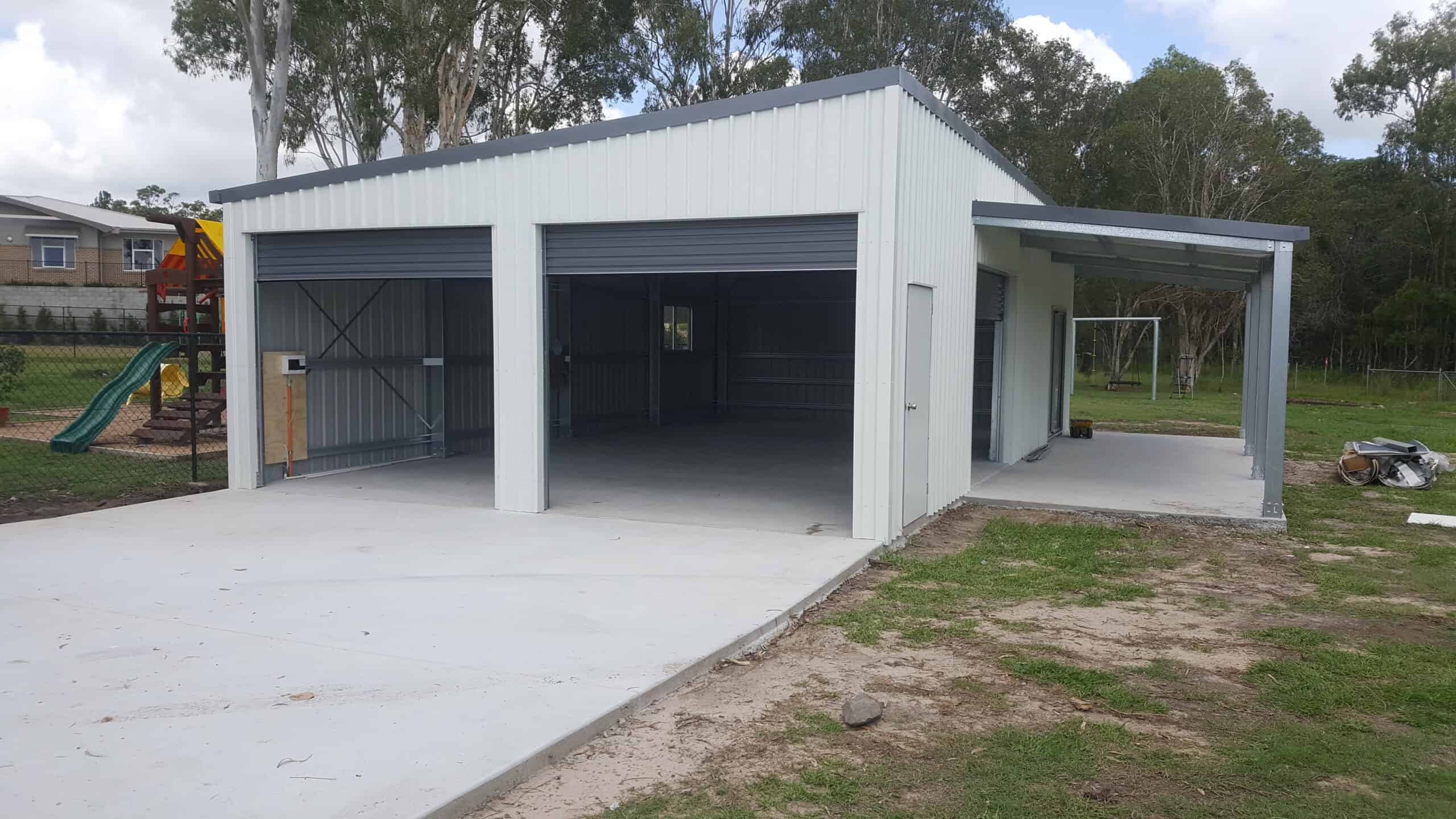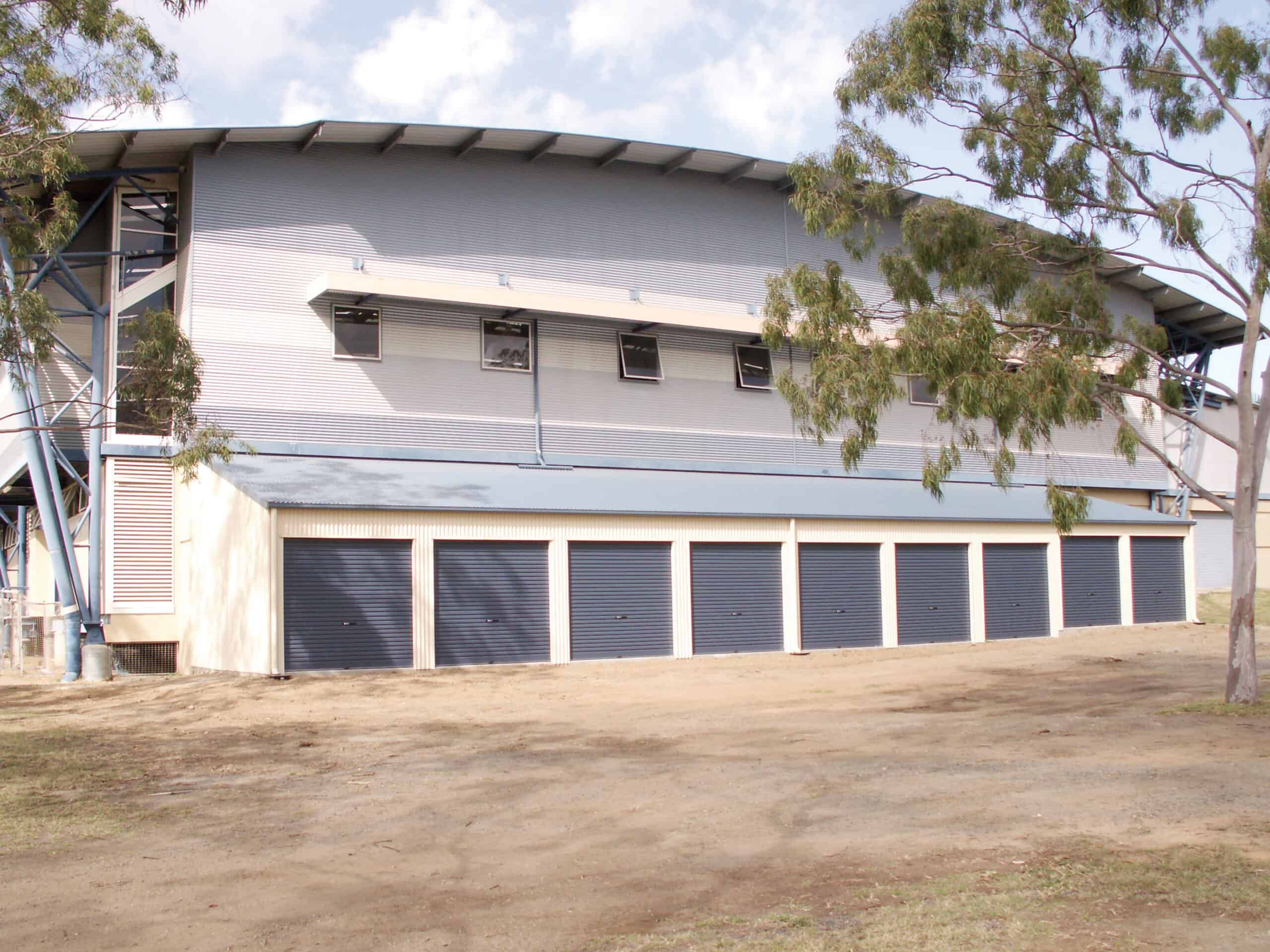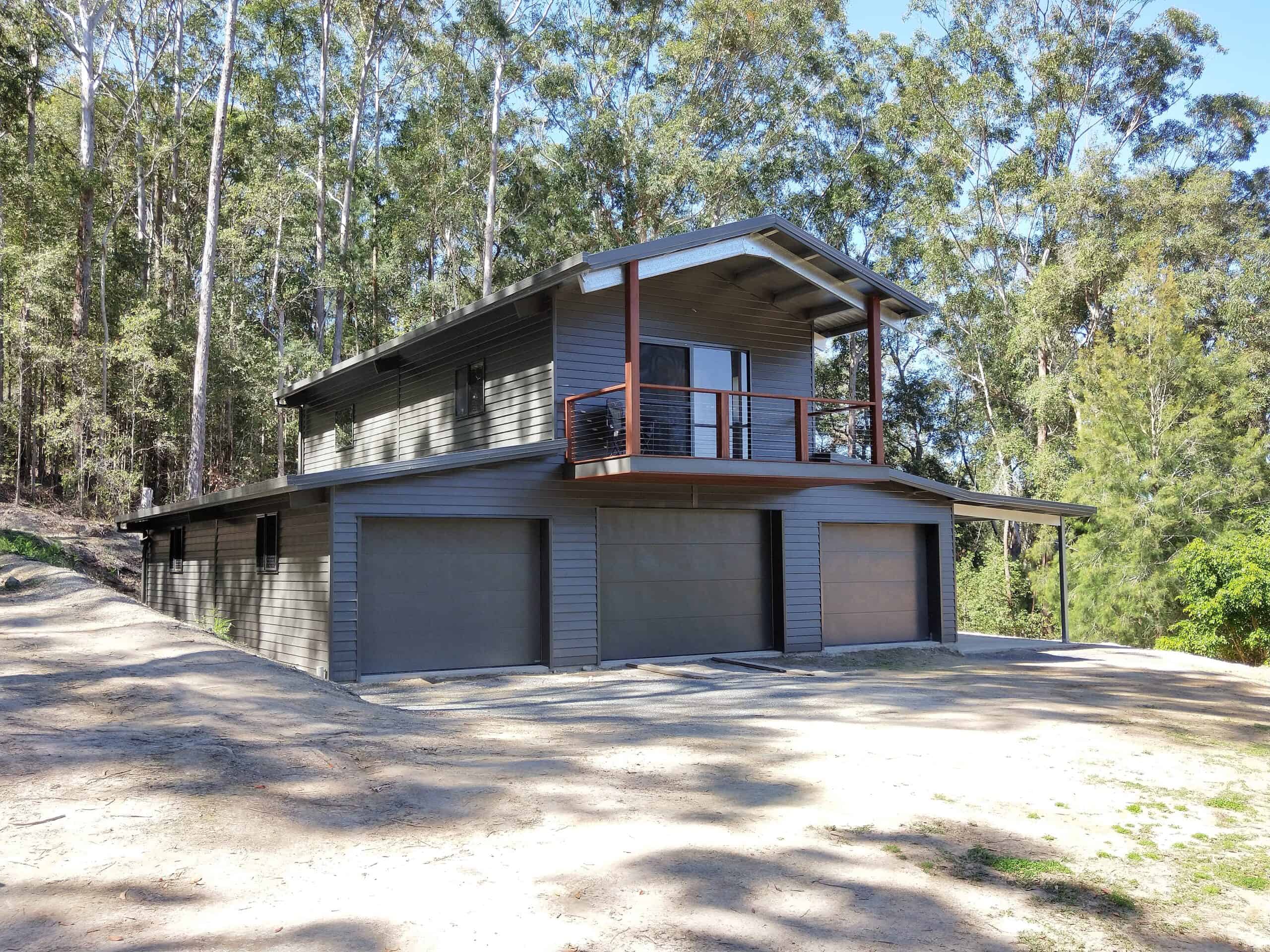It’s no secret that Australians love their sheds. It’s also no secret that the Aussie sun can be harsh, and for most of our country, that means a fair bit of heat in summer (and even autumn and spring in many parts of our beautiful Sunshine country).
A shed owner’s best friend, therefore, is ventilation. So as a shed retailer, you’ll want to make sure you can offer your customers good shed designs customised for maximum shed ventilation.
This guide to shed ventilation design tips covers off on how to do just that: design a shed for optimal ventilation.
Why shed ventilation is important
Shed ventilation is important for more than just comfort in the heat. There are several other reasons:
Shed ventilation controls moisture levels:
Properly ventilating a shed helps to control the buildup of moisture. When the air inside a shed becomes humid (something that happens a lot in tropical QLD if there is no ventilation or air flow), that humidity creates moisture in the shed. It can cause dampness on walls, tools and stored items. Over time, lots of moisture can cause issues like mould, wood rot for wooden items, and rust for metal items. Not ideal. By having air flow and ventilation, this is prevented.
Temperature control
This one is obvious, but proper ventilation helps regulate the temperature inside the shed. In the summer, the inside of a shed can become super hot, especially if it’s in direct sunlight. Now of course, the materials used matter — if you’re using good quality steel from trusted suppliers, it’ll be designed to withstand our harsh Aussie sun, and prevent heat from seeping in too hard. But there will always be a bit of heat that still comes through on those hot days.
Ventilation allows hot air to escape, making the shed interior more comfortable
Chemicals and equipment doesn’t overheat
Air quality and safety
Good shed ventilation prevents pests
A well-ventilated shed is less attractive to pests. A damp or dusty environment can attract pests like silverfish, roaches, spiders, and even mice or rats.
Now that we’ve covered off on why shed ventilation is so important, let’s get to those shed design tips for great ventilation.

Shed design tips for good shed ventilation
Shed placement & orientation
Shed positioning tips for best shed ventilation
- Position the shed in a spot that will see it get a good flow of air.
- If the property has different levels of height, selecting an area with a higher ground level will allow for more air flow.
- Be sure to take into account any barriers to airflow, like the house itself, tall fences, thick foliage in the garden, trees, and other backyard features likely to block air flow, and position the shed away for these. You can generally tell by standing in a space to see how far away this should be from whatever the barrier is.
- Take into account the direction that the breeze usually flows in the area, particularly in summer.
Shed orientation tips for best ventilation
This part comes in after you’ve figured out the other shed design elements for ventilation, like windows, doors, whirlybirds and other ventilation features, so be sure to revisit this after finalising your shed design.
- Orient the shed in a way that will allow it to utilise the natural wind patterns for passive ventilation — think ‘through breeze’.
- Take into account where you will have your windows, doors, and other ventilation features, and how the shed will best benefit from the natural direction of airflow.
This of course, brings us to our next points: door placement and windows.
Door placement & design
Door placement & design tips for shed ventilation
- The bigger the door, the better the airflow.
- Doors that are easily opened will be opened more.
- Consider a normal walk-in entry door, and a larger roller door.
- Consider adding a flyscreen to standard walk-in entry shed doors, so it’s able to be left open without letting flies in.
- Position the door facing winds, for better airflow when it’s open.
- Consider where the door placement will allow most shed airflow, too — a through breeze that goes through the entire shed is ideal. This can also be achieved with windows.
Window placement & design
Window design & placement tips for shed ventilation
- The more windows and the bigger they are, the better they are for airflow.
- Flyscreens are a must, or the windows will never be opened.
- If you’re concerned about the sun shining through, opting for louvres, or blinds that are easy to wind up will allow for shade when you need it, and ventilation on those hot days.
- Be sure to consider the window placement carefully — you’ll want to design your shed in a way that allows for through breeze, from one window to another, or from the shed door to the window/s, and you’ll also want to be sure that the positioning and facing of the windows make the best of the breeze (and avoid the sun too if possible).
Ventilation features: whirlybirds, turbine vents and ventilation points
Whirlybirds or turbine vents are rotating vents that extract hot air and moisture. They’re particularly effective as they operate without electricity, using just the wind to spin and vent the shed. Basically, the more of these you can add, the better.
Whirlybird tips for shed ventilation
- Place them near the peak of the roof for maximum effectiveness.
- Ensure they are durable and rust-resistant, especially if they’re intended for sheds in coastal regions.
When it comes to vents, these can be fixed or adjustable, and allow for continuous airflow, preventing moisture build up and heat accumulation.
Tips on vents
- Ridge or roof vents, positioned high, allow warm air to escape.
- Soffit vents, placed low on the shed, allow cool air to enter.
- Make sure that any vents you use have mesh or grates, to prevent pests from entering the shed, though.
- Gable vents are designed for the gables of a shed, and allow the hot air to escape from the top.
- Place gable vents on both gable ends to ensure good airflow.
- Pair your Soffit vents with Gable vents for a complete ventilation system.
Height considerations
A taller shed or one with a pitched roof can enhance the natural convection, allowing hot air to rise and escape more easily.
Consider designing sheds with a slight pitch or peak in the centre, to allow space for the hot air to rise to, so it’s out of the main shed area.
And, if you have room to add height, a higher roof will allow for less heat throughout. Sheds with higher internal space can also be used for storage or loft areas.

Fans
Fans can help with your shed ventilation, as they keep the airflow.
You could consider:
- High-powered industrial fans
- Standing fans
- Mounted fans
- Ceiling fans
- Exhaust fans
- Solar-powered fans.
If there is a budget, and the shed owner is going to be spending a fair bit of time in the shed, you can also consider air conditioning. Although this is less focused on airflow, and more on comfort.
So there you have it — our top shed ventilation design tips to design a shed with optimum ventilation. We hope you’ve found them useful. For more design tips, or if you need a special custom shed design done for one of your shed customers, the team at Quotec are here to help. As the creators of Australia’s leading shed design software, and empower of independent shed retail operations, we’re here to help when it comes to shed design and shed design solutions.
Want to keep it cool as well as ventilated?
Without a doubt, properly ventilated sheds are going to feel much cooler in summer.
But if your customer wants maximum comfort, there are other shed cooling options you can consider, in addition to the ventilation tips we’ve given in this article. (And as we covered, ventilation is important for a number of reasons, not just for temperatures).
A while ago, we covered off on shed cooling tips to keep your shed cool in summer — be sure to check out that article for more “cool” ideas.

